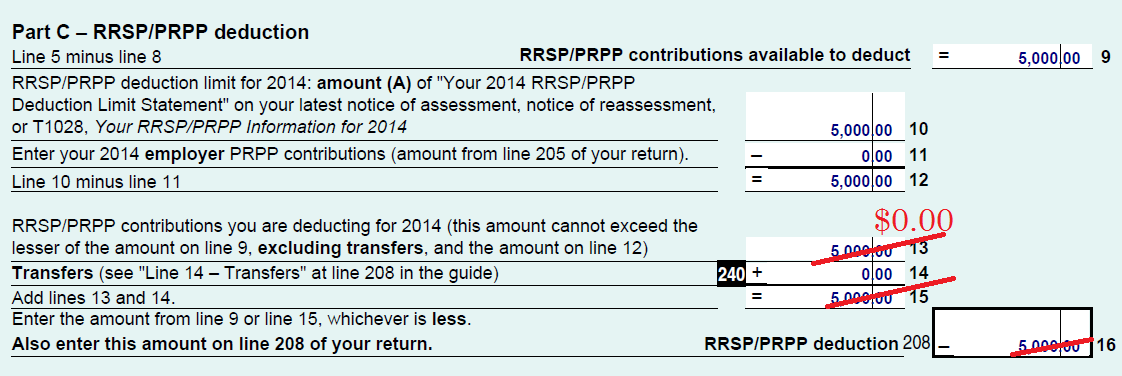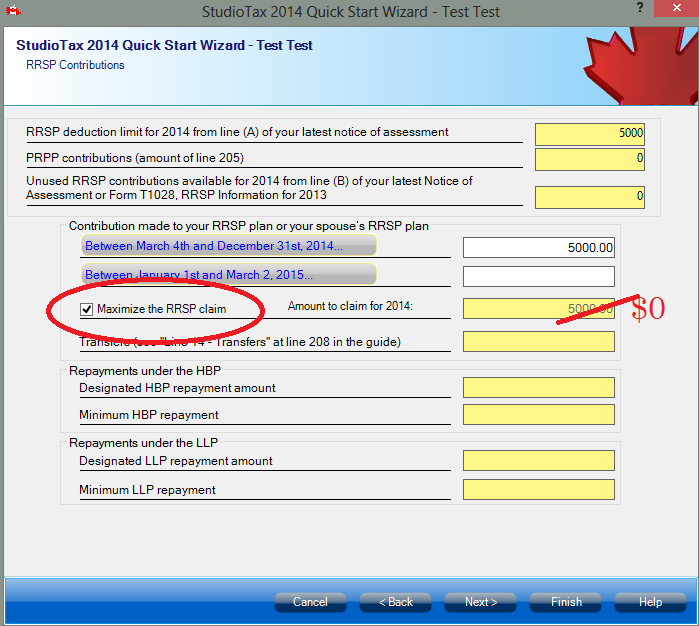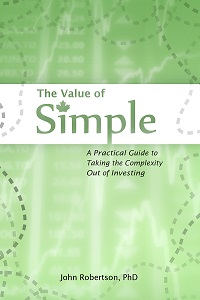In the first post I discussed some of the philosophy underlying the Canonical Portfolio, and of course laid out the basic asset classes and default allocation suggestion. Remember that all asset classes with an ETF to make them investable have a compelling elevator pitch for why an investor should add them to their portfolio — if they didn’t, the ETF wouldn’t exist. So many other authors who pick these non-canonical classes for their suggested asset mixes tend to explain in those terms why they made it in… but that’s not quite enough for me. There are practical implementation issues to adding and rebalancing these different asset classes, in addition to explaining when and why someone would want or need them. Some are difficult to find, with only one or two illiquid or high-cost funds to choose from, others get such low recommended weightings even from their proponents that they’re not worth the effort of discussing, and there’s always the basic increase in complexity from adding more funds to the mix.
That said, it’s your portfolio and you can make it as complex as you like. Just remember that there is very little precision in investing, so just as I couldn’t come up with strong reasons for including these various alternatives, there isn’t really a strong reason why you shouldn’t. It’s not worth running into analysis paralysis over a few percentage points allocated to these more esoteric funds — go ahead if for whatever reason it really speaks to you, or you fell in love with the author of a particular alternative model portfolio — or just stick to the basics and be done with it.
Emerging markets are often included in the international diversification piece, and have been a bit of a hot topic with cutesy acronyms like BRICto describe them. Emerging markets add a lot of risk to a portfolio (both in the sense of volatility and chance of loss of capital). Yes, exposure to rapidly growing economies is sexy, but to some extent the profits from that growth will be captured by the multinationals already owned in the US and developed international indexes, and I am personally highly suspicious of some of them as long-term investments. My own feelings aside though, is it an asset class that should be included in the Canonical portfolio? My answer is no: even model portfolios that do like emerging markets only put a small allocation towards them — if it’s only worth 4–6% is it really worth the complication? If you want more risk, you could just turn up the knob on your existing three equity classes (indeed, this is partially done already through the age-10 guide). No, that would not be the same as getting broader diversification to these other markets, but emerging markets are not part of the TD e-series or Tangerine portfolios (though high-MER versions can be purchased at TD).
This last concern is very important for a book or resource laying out the Canonical Portfolio, because it creates pressure on a reader who might otherwise lean towards the simpler e-series or Tangerine choices: are these mutual fund options lesser or weaker because they lack these exotic asset classes? Does that mean the reader should push towards a more complete ETF portfolio1 with all these little slivers of allocation? And honestly, my answer was no, those are full and sufficient portfolios as they are. And if Tangerine is a satisfactory portfolio, then why should I add the complication of these other funds just because they’re available in ETF form? Especially when I could not come up with a guideline or simple rule on when someone might or might not need or want exposure to these alternative asset classes.
Here is a list of some of the other asset classes or ETFs that might be worth considering, but did not make my cut for inclusion in the book (or Tangerine’s cut for their funds, for that matter).
Preferred shares: these look like a blending of bonds and stocks, providing a higher, more tax-efficient return than bonds while being more stable than (common) stocks — and also sitting halfway between the two in the capital structure of a company. Able to provide a relatively high dividend even in a sideways market, preferred shares can be a nice addition and some people suggest adding them by chipping away a little bit of each of the stock and bond allocations. Indeed, Garth Turner is such a fan that he prioritizes preferred shares over international equities for an investor whose portfolio was on the smaller side, and in his more generic portfolio has a high allocation — as much as any other equity slice. But they suffer from a lack of sector diversification that’s even worse than the Canadian market in general. For those with really large fixed income accounts (e.g. those entering retirement), I think it can make sense to start to slice and dice that into regular bonds, real return bonds, and preferred shares… but ultimately I think it’s just not worth the complication for an interesting share class coming from a narrow slice of the economy.
Real return bonds: tied to measures of inflation, real return bonds have protection against one of the big risks to regular bonds. They’re also not highly correlated to stocks or regular bonds, which can be desirable in building a portfolio. However, their expected return is terrible (in part because they are so safe in other aspects); while the lack of correlation to the other “eigenvectors” is nifty, that argument absent some kind of expected return didn’t have much sway for gold, either. The main issue though is the practical reality that there is only one ETF in Canada offering real return bonds that I could offer up as a recommendation, and its MER is rather high at 0.39% (the iShares XRB — Vanguard does not have a real return bond offering, and while BMO does have ZRR in its library, with a market cap of just $37M it raises serious liquidity concerns for me so I wouldn’t include it in the book). Again, I don’t think the other bond funds are seriously deficient because they lack real return bonds, and while it’s not quite such a direct, perfect hedge, the big equity slice of the portfolio has the job of beating inflation. If equities are failing at that, a 5-10% allocation to real return bonds would help the stinging, but only so much.
Real estate investment trusts: this is the one that nearly got me. REITs are a particular weakness of mine in my active portfolio, and while they are not nearly the same thing as individual real estate holdings, I did have a simple justification for when you might want them (if you are a renter). They are nearly as common a selection as the major equity indexes and emerging markets, particularly for Canadian authors. But, like other sector-specific funds, the MERs are getting a touch high, and the diversification is not great (though there are many more quality REITs than there are banks). Though in some ways they look like fixed income or preferred shares, where most of the expected return will come from the steady payout and with some close relationships to interest rates, they are volatile and in terms of capital structure for the companies count as equity — thus if you do include them, you should be looking to count them as part of the equity portion.
Small cap tilts: I did prefer Vanguard’s total index to the S&P500 and the TSX Composite to the TSX60 for the added diversification, but did not mention getting small cap or value-tilted funds to increase this weighting. There are several to choose from for US and International, if you’re willing to go to a US exchange — but that’s a tough thing to recommend for the base Canonical portfolio (I’ve already received some flak over including Norbert’s gambit as an optional thing for getting VTI in RRSPs). The Canadian small-cap ETF from iShares has a relatively hefty MER of 0.6% and a really high weighting to the volatile junior materials sector.
Dow and NASDAQ: the Dow Jones Industrial Average is a collection of 30 companies that is popular largely for historical reasons — nonetheless, there are many funds available to invest in it if one wanted to (including e-series versions). Similarly, the NASDAQ has its own index that is quite technology-heavy. However, the main Dow and NASDAQ companies are also in the S&P500 (or VTI), so there’s no reason to slice-and-dice US exposure to include these other indexes.
Fundamental indexing: as an alternative to traditional market-cap-weighted indexes, FTSE has created indexes that weight companies on various characteristics of the investment. This is a really neat idea in theory, but the costs of implementing it are pretty close to the expected out-performance such an approach should bring — and in Canada they’re even less diversified than the already-tilted TSX Composite. Here’s a post from Y&T that Kyle put up after a short discussion with yours truly on the matter.
Bond fanciness: maybe it’s my bias towards a focus on equities, but I just did not want to get into the options for slicing and dicing the bond exposure into short term and long-term, government, corporate investment-grade, high-yield paper, real-return, or international bonds. In addition to the implementation problems facing the real return bonds, it could almost become a whole book on its own to discuss how and why someone would want to tilt their allocation — bond funds can be surprisingly complex.
Dividend and income funds: the dividend growth community loves dividends, and looking backwards dividend stocks do seem to be highly competitive with the broader markets. There are also many funds appealing to “yield-hungry investors” full of former income trusts — but when should someone be “yield hungry”? Focusing on payout also cuts out large swathes of the market.
Sector funds: whether it’s energy, biotech, utilities and infrastructure, or precious metals, many investors can’t help but have a preference for a particular sector, no matter how much they may otherwise believe in broadly diversifying and keeping things simple. These can then show up in their model portfolios, but then there is very little concordance between them — if you read enough they almost cancel each other out to form the broader indexes!
Berkshire Hathaway: though technically an individual stock and not an index fund at all, BRK does have some of the good properties an index investor would be looking for: they hold a diversified portfolio of businesses, keep turnover to a minimum, are tax-efficient, are highly liquid, and have effective management fees that are quite low. Michael James and Financial Uproar have written more about Berskhire Hathaway as an index-like investment, and in full disclosure, I personally hold some in my RRSP and count it as part of my passive portfolio. But it once again requires buying on a US exchange, so not appropriate for the book.
To sum up, there are lots of ways to build an index portfolio that is reasonably simple and stays true to the philosophy of diversifying and minimizing costs. As Michael James said in that last link “Most proponents of indexing strategies don’t quite manage to implement a pure index approach. They often come close to pure indexing, but they can’t resist adding some sort of twist,” and there are lots of possible twists. I’ve worked with people getting started with DIY investing, and seen the confusion that having multiple portfolio options out there can cause, especially when there is no clear reason for choosing one model over another. Hopefully the consensus that is the Canonical Portfolio will help — and that’s what I was aiming for in The Value of Simple — a good-enough portfolio that you can run out and get started with right away.
1. Indeed, this has been a major concern for people who come out confused by the MSGttPP — they see the cutesy name of “Uber Tuber” and worry that the “Complete” portfolio is a misnomer.




 Questrade: use QPass 356624159378948
Questrade: use QPass 356624159378948 Passiv is a tool that can connect to your Questrade account and make it easier to track and rebalance your portfolio, including the ability to make one-click trades.
Passiv is a tool that can connect to your Questrade account and make it easier to track and rebalance your portfolio, including the ability to make one-click trades.